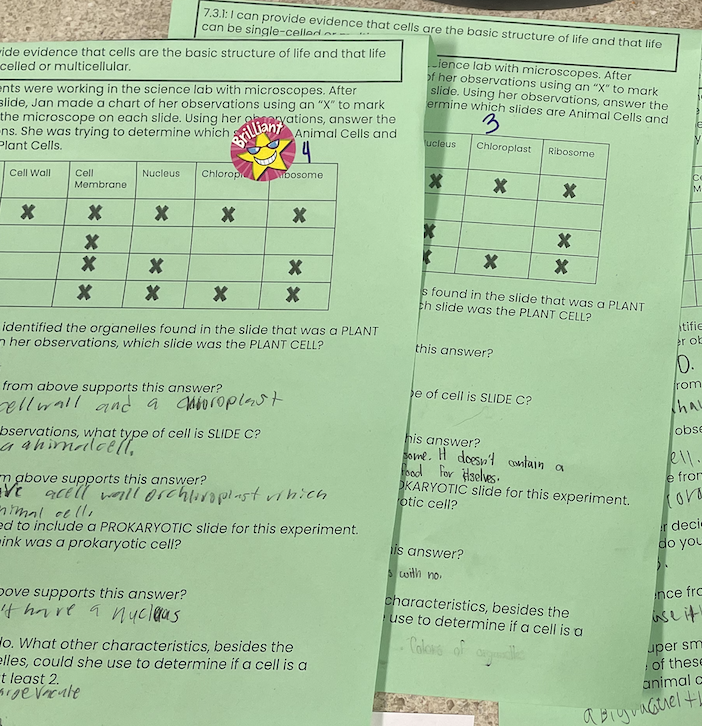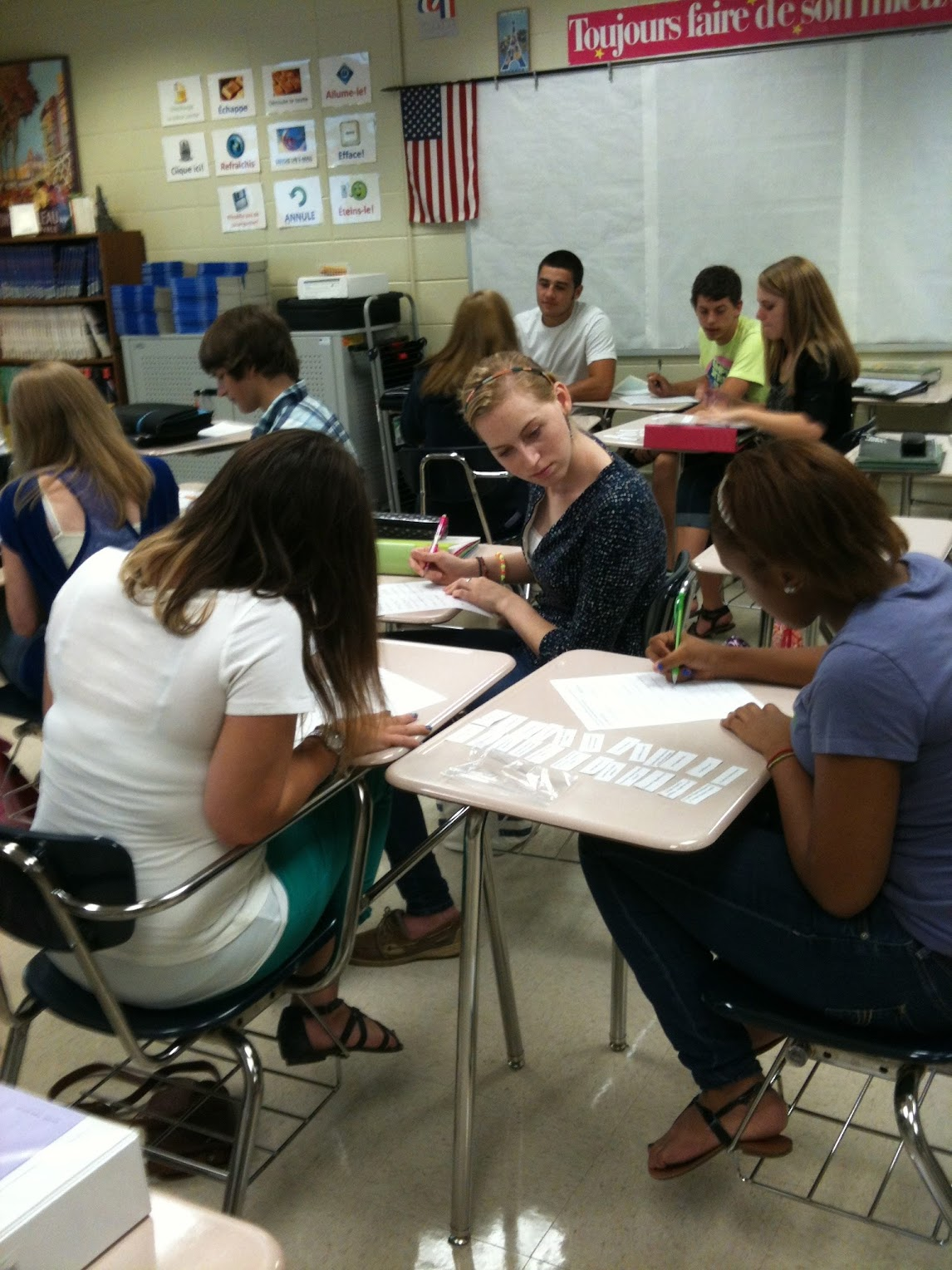Checks for Understanding
Checks for understanding quickly measure whether learners have mastered the material they are learning. They highlight the process of learning for both the teacher and the learner and provide a safe space for the learner to make mistakes. These checks can take different forms, such as 3-5 questions, discussions, or performance tasks, and can be used at different times during a lesson. The goal is to ensure that learners are able to understand and apply the concepts and skills being taught, and to provide feedback to both the teacher and the learners about areas where more work or clarification may be needed.
Bright Spots
Gain inspiration from authentic examples of this strategy shared by teachers who have used them with their learners.
Creating your own Bright Spots? Let’s get them out into the world! Share yours here.

